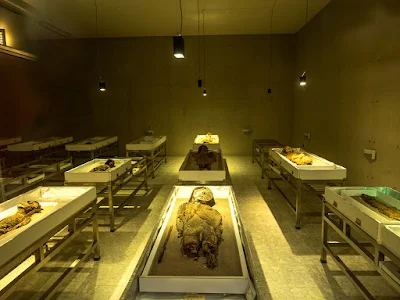Arica is a Chilean port city and the northern gateway to Peru and Bolivia known for its surfing beaches. Near the center, a path climbs up to Morro Arica hill, which offers sweeping views and access to the Museo Histórico y de Armas war museum. The city has a cathodic church, St. Mark's Cathedral (Catedral de San Marcos) which is also called Arica Cathedral. The building was commissioned by the government of Peruvian (President José Balta) to the workshops of the French Gustave Eiffel and was originally intended for the Ancon resort. It was built at the request of a committee of ladies of Arica on the site of the old Mother Church of Arica that was destroyed by an earthquake in 1868 and inaugurated in 1876.It was constructed in France and frenchmen were brought to Chile to erect the construction. It is designed to withstand earthquakes. In 1889 Gustave Eiffel built the Eiffel tower.
In 1880, the city of Arica became militarily occupied by the Chilean army, however, until the early twentieth century, the parish of Arica remained part of the diocese of Arequipa the colonial-era capital of Peru’s Arequipa Regio Peru). On 27 February 1910 the mayor of Arica, Maximo Lira, decreed the expulsion of Juan Vitaliano Berroa, parish priest of Arica and replaced him with a Chilean military chaplain.
The high plains of the Andes mountains rise to the east, home to Lauca National Park and Chungará Lake. Chungará Lake is the main attraction in this wilderness park surrounded by volcanoes and adjacent to the border with Bolivia. Putre and Parque Nacional LaucaParque Lauca is one of those special places in Chile.
The school children wear uniforms and business dress here still means suits and ties.
The area grows a lot of tomatoes and they are protected by brown tented screens. Cars are imported second hand from Japan as the Japanese do not use cars more than a few years old however they have to be converted to right-hand drive by law. Often one can see the Japanese licensing stickers still on the car bodies. Wrecks on the roads are not salvaged or removed so often one can see cars and lorries remains down the side of lava field mountains. It was a surprise to find Pelicans and sea lions in the fishing harbour. I have never seen a Pelicon let alone close-up.
There is a museum with mummies which is quite impressive. There are four types of artificial mummification back, red, bandaged and clay. One of the mummies was a naturally mummified by the dry salty environment, it was a Chinese man who had been working. All the figures were very small and some were children even foetus' were mumified.






















I enjoyed these Jane. I love the three school girls..you have caught them well.
ReplyDelete